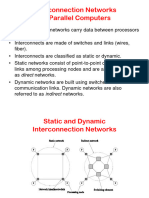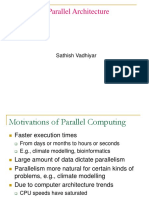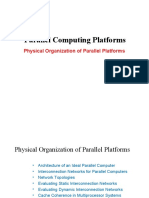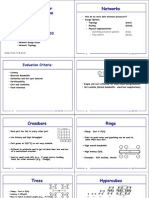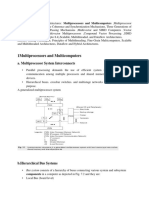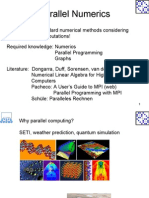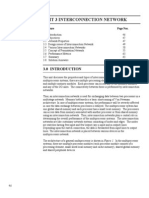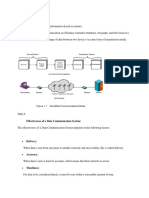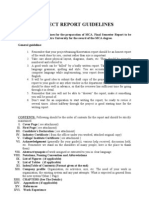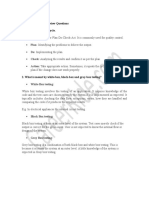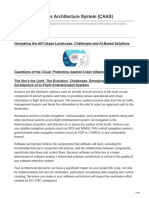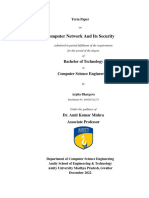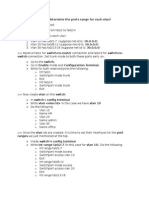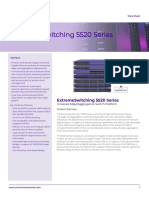0% found this document useful (0 votes)
75 views57 pagesChapter 3
The document describes several models of parallel computers and interconnection networks. It introduces the PRAM model of parallel computation and its subclasses based on memory access protocols. It then discusses different types of interconnection networks including static networks with direct links and dynamic networks with switches. Specific interconnection topologies are covered such as bus-based networks, crossbar networks, multistage networks, and the omega network. The costs and communication aspects of different networks are also analyzed.
Uploaded by
anshuliCopyright
© © All Rights Reserved
We take content rights seriously. If you suspect this is your content, claim it here.
Available Formats
Download as PDF, TXT or read online on Scribd
0% found this document useful (0 votes)
75 views57 pagesChapter 3
The document describes several models of parallel computers and interconnection networks. It introduces the PRAM model of parallel computation and its subclasses based on memory access protocols. It then discusses different types of interconnection networks including static networks with direct links and dynamic networks with switches. Specific interconnection topologies are covered such as bus-based networks, crossbar networks, multistage networks, and the omega network. The costs and communication aspects of different networks are also analyzed.
Uploaded by
anshuliCopyright
© © All Rights Reserved
We take content rights seriously. If you suspect this is your content, claim it here.
Available Formats
Download as PDF, TXT or read online on Scribd
/ 57


